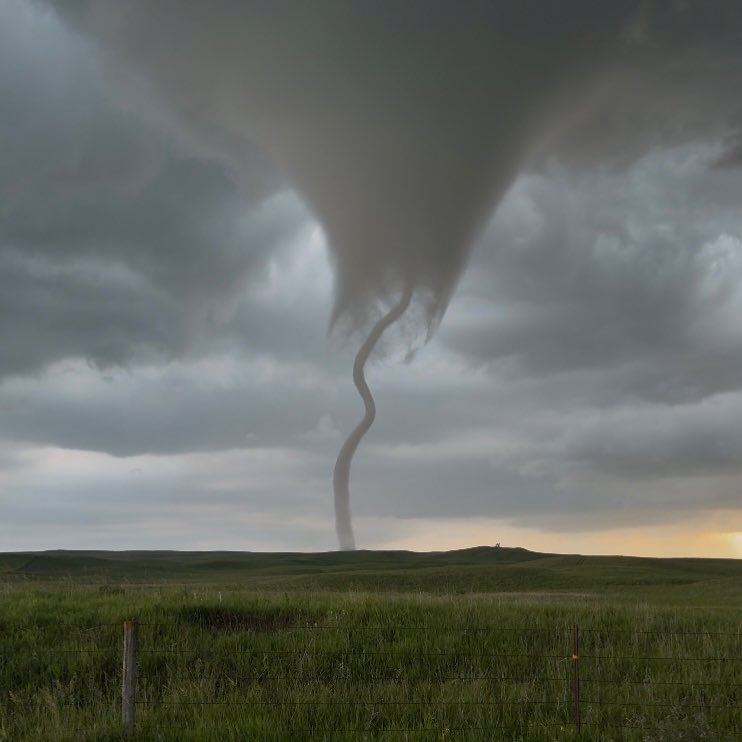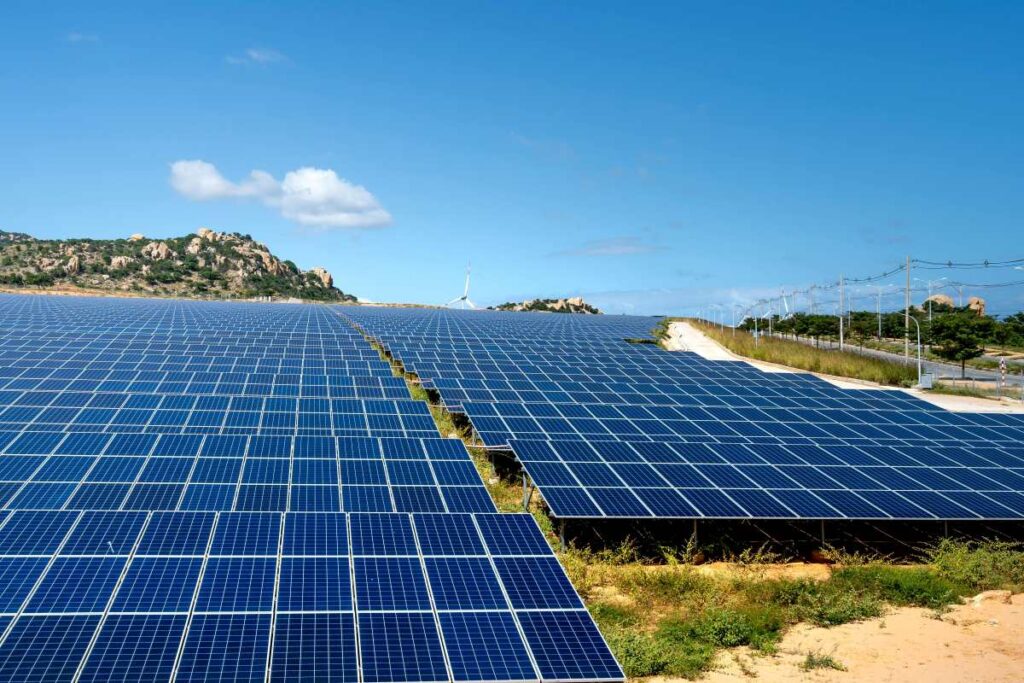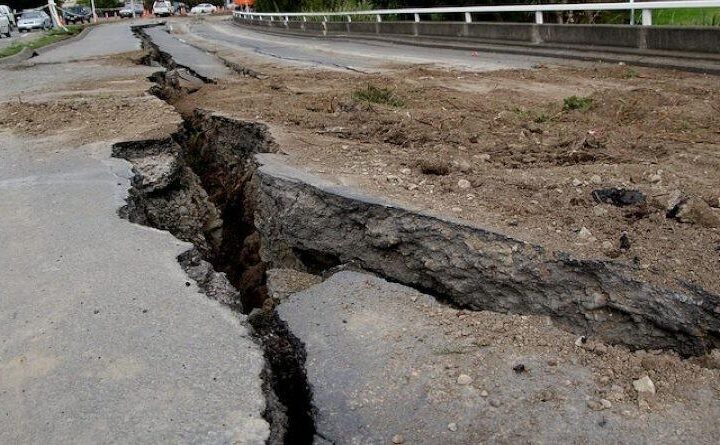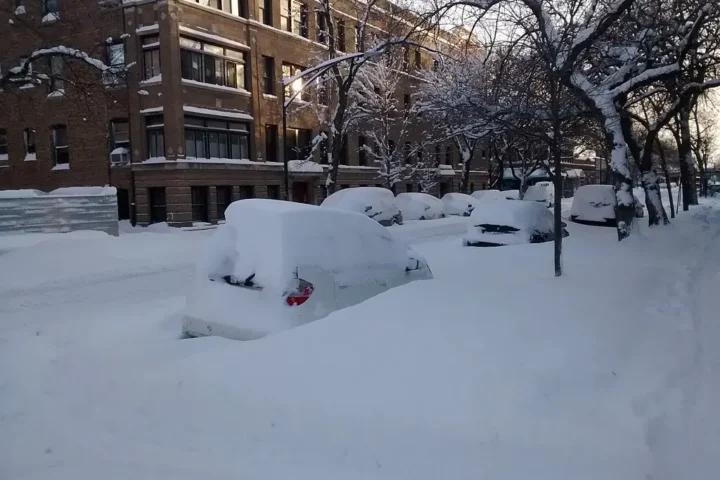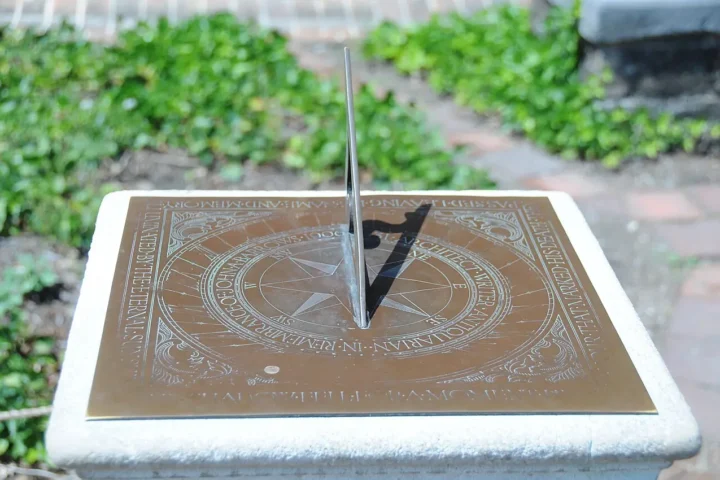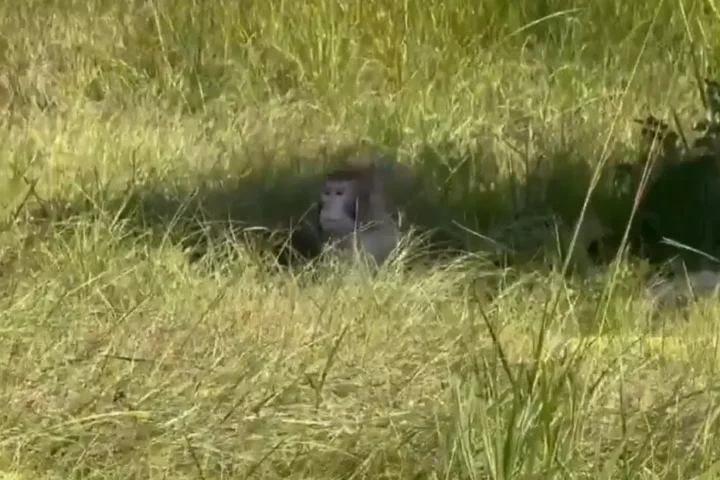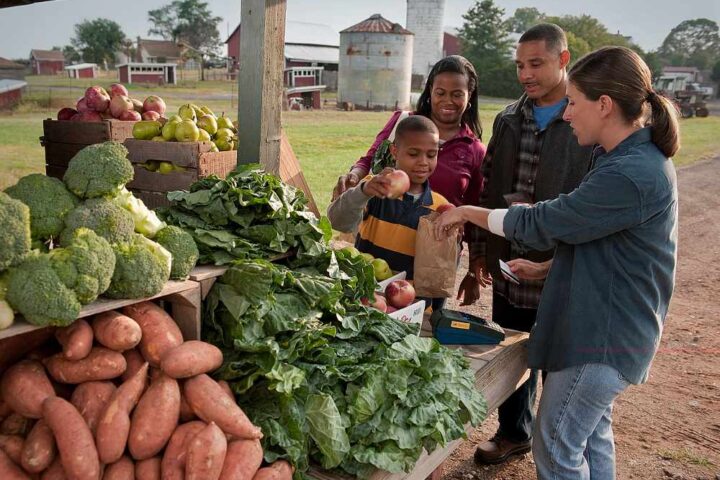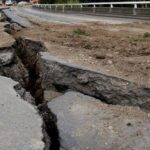Five tornadoes touched down in Southeast Minnesota and Northern Iowa on Wednesday, June 25, 2025. The National Weather Service (NWS) confirmed this information on Friday after completing damage surveys in the affected areas.
“Heavy wind and rain made its way across southeast Minnesota and northern Iowa on Wednesday, with numerous tornado warnings also in effect that afternoon,” reported KTTC, a local news station covering the events.
The NWS teams found evidence of two EF1 tornadoes and three EF0 tornadoes. The stronger EF1 tornadoes hit Yucatan and an area north of Zumbro Falls in Minnesota. The weaker EF0 tornadoes struck Nodine and Hokah in Minnesota, plus an area west of New Albin in Iowa.
The Yucatan tornado was the longest-lasting. It stayed on the ground for 13 minutes and traveled about 6.5 miles. Winds reached speeds of 100 mph. It damaged trees and tore the roof off an outbuilding.
North of Zumbro Falls, another EF1 tornado touched down briefly. Despite lasting only one minute, it caused serious damage. “It ripped the roof off a mobile home, damaged trees, knocked over farm implements, and heavily damaged a barn,” according to the NWS report. This tornado also reached wind speeds of 100 mph.
The three EF0 tornadoes were less powerful but still dangerous. The Nodine tornado snapped tree limbs during its one-minute touchdown. Near Hokah, a tornado damaged pine trees while traveling just 0.11 miles. West of New Albin, Iowa, a tornado stayed on the ground for five minutes and traveled 3.64 miles, causing tree damage but no structural harm.
The weather system that created these tornadoes formed when a warm front moved north into southern Minnesota. The afternoon heat combined with high humidity created perfect conditions for severe storms. Weather experts call this “atmospheric instability.”
“A warm front lifted north into southern Minnesota on the afternoon of Wednesday, June 25th. Strong heating to the south of the front with dew points in the 70s allowed for ample instability to develop across the area,” explained the NWS in their report.
In Hartland, Minnesota, the storms damaged farm buildings and equipment. The NWS also reported a downed utility pole in Hokah.
Similar Posts:
Besides tornadoes, the storms caused flash flooding in several areas, including parts of the Twin Cities. In some places, streets became impassable due to high water.
The Minnesota Department of Natural Resources noted that “later in the day small but intense thunderstorms developed over south-central and southeastern Minnesota, with multiple brief tornadoes reported in Freeborn, Steele, Wabasha, and Houston counties.”
Weather officials reported a total of 10 tornadoes throughout southern Minnesota on Wednesday, with the five confirmed tornadoes being part of this larger weather event.
Minnesota typically sees many tornadoes each year. Based on data from 1991 to 2020, the state averages 46 tornadoes annually. Most occur between May and September, with June being an especially active month.
Earlier this month, on June 16, several other tornadoes hit Minnesota. The NWS confirmed two EF1 tornadoes in Cass and Crow Wing counties that day, with winds also reaching 100 mph.
Despite the multiple tornadoes last Wednesday, no injuries or deaths were reported. Local emergency management officials credit early warnings and public awareness for keeping people safe.
The NWS continues to stress the importance of having multiple ways to receive weather alerts. These include weather radios, mobile phone apps, and local TV or radio stations. When tornado warnings are issued, people should take shelter immediately in basements or interior rooms away from windows.
As summer continues, more severe weather is possible across the region. Residents should stay alert for changing weather conditions and follow safety guidelines during storms.
